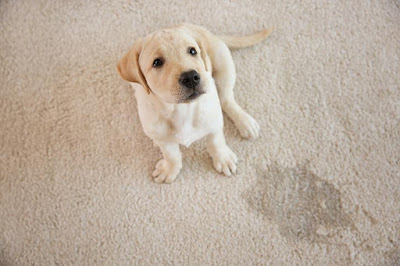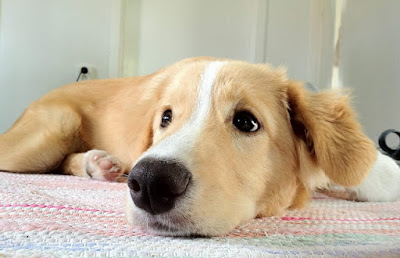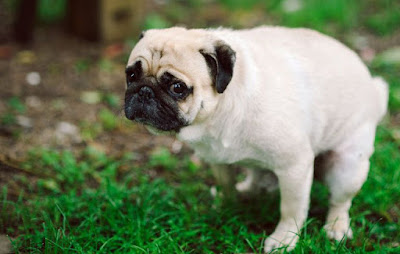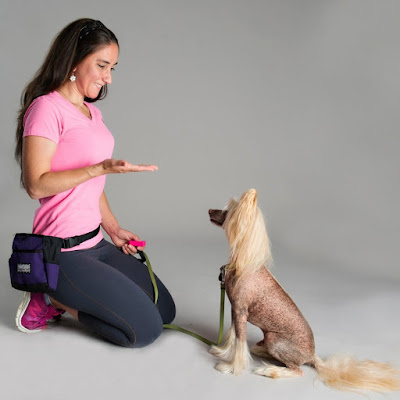As with all types of dog training, puppies who learn to use the toilet, you need the owner to be consistent and patient. In this article you will learn toilet training your dog. Keep in mind that puppies can not control their intestines and bladder them before the age of 12 weeks and often eliminate it without realizing it. Cleaning up the confusion they are making is a natural part of the process, and it is not logical to yell at the dog or meet him for something he can not control or remember. A dog has to be taken home once or twice to know that it is illegal and illegal.
Dress puppy for the bath, Part 1 - Watch the clock
While the puppies train in the bathroom, it is also important to control the time. Keep in mind that young puppies generally want to urinate or perform within 15 to 20 minutes of their diet. Make sure you take them out before they sniff and leave. These two things are the most common signs that a dog is looking for a place to eliminate and if you can not find it quickly, it will do exactly where it is. In addition, young puppies can not control their physiological needs, they must ensure that they sleep before and after sleep / leave and after the game. In addition, physical activity increases metabolism and can lead to an unexpected catastrophe.
Dress puppies in the bathroom, Part 2: Your dog needs his little place
If you go to the bathroom, train, use puppy, create the cage or a small cave, where your dog feels good and can sleep, so he knows in his exit area elimination 'is not a solution. Dogs are naturally clean animals and throw their garbage only when forced to do so.
Make sure you spend a lot of time with your dog in your lair or bring your cage close to your workplace during the day. Your dog needs to feel safe and welcome in his new home. It is your responsibility to monitor your puppy and seek clues indicating that the "elimination time" is approaching. Take it out, say "do your things" and congratulate if I eliminate it. This increases the habit of urinating and defecating outdoors, and is a crucial element in puppy training.
Once you start your dog, more reliably expand acting cave or move the cage in another room. This happens to show you another part of the house, and show you can continue to explore if you act responsibly and eliminate it outside.
Swimming Training Puppy Part 3 - Show her where the toilet is
During their training to use the toilet, the puppies are preparing to eliminate a special area in your garden where you bring your puppy. Clean it from time to time as the dog can not take it to a dirty, stinking place. Also, congratulate the dog by urinating instead of hiring him when he returns from the farm. Very often dogs realize that they only have to play a bit on the outside in order to get a reward and do not take the time to dispose of it properly (which gives them a great chance to learn more late a messy place the carpet). That's why you should look at what your four-legged friend is doing.
As has been said, getting puppies to go to the bathroom requires some stamina and patience, but the rewards are worth it. Visit my blog, where you'll find this lesson on how to toilet train your dog. You'll see some examples of things you can do today, right now, to teach this potentially life-saving skill to your dog.
References:
https://getfreedogtraining.com/7-quick-tips-for-toilet-training-a-dog-or-puppy/
https://getfreedogtraining.com/7-quick-tips-for-toilet-training-a-dog-or-puppy/





























